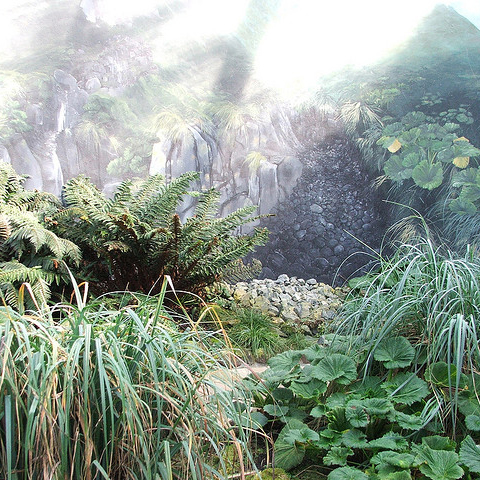May 8, 2013 — How should conservation reserves be configured to offer the biggest benefit for biodiversity in the face of climate change? Although there are many options, little concrete evidence exists as to which is best. In a study reported in a recent issue of the Journal of Applied Ecology, Australian scientists applied a new model to assess whether putting a premium on connectivity, aggregation or representativeness — or balancing all three — would be most beneficial. Using plant biodiversity in Tasmania as a test case, they found the answer depended on the conservation goal: Boosting representativeness offered the best results with respect to total species diversity, but aggregation and balanced strategies made the most sense for increasing the average area of occurrence for all species. Concluding that “adherence to a single habitat configuration strategy … is unlikely to result in the best outcomes for biodiversity under climate change,” the researchers encouraged conservation practitioners to tailor strategies to desired outcomes rather than take a one-size-fits-all approach. Photo by ctudball (Flickr | Creative Commons)
Ensia shares solutions-focused stories free of charge through our online magazine and partner media. That means audiences around the world have ready access to stories that can — and do — help them shape a better future. If you value our work, please show your support today.
Yes, I'll support Ensia!
